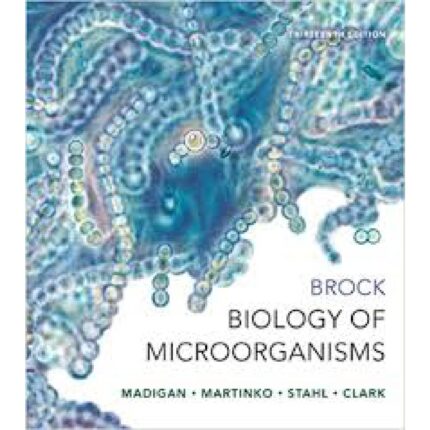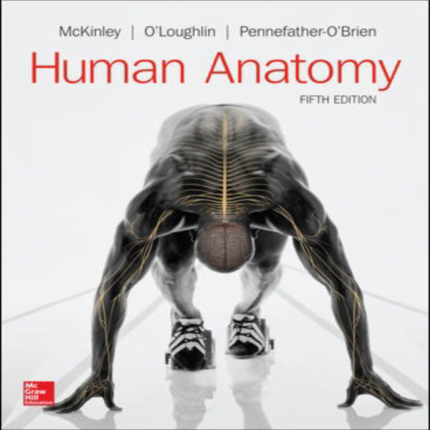Fundamentals of Anatomy and Physiology, 9e (Martini)
Chapter 17 The Special Senses
Multiple-Choice Questions
1) Olfactory glands
- A) house the sense of smell.
- B) support the olfactory epithelium.
- C) react to aromatic molecules.
- D) coat the olfactory epithelium with a pigmented mucus.
- E) group as olfactory bulbs.
Answer: D
Learning Outcome: 17-1
Bloom’s Taxonomy: Knowledge
2) Olfactory information is first received by which part of the brain?
- A) frontal lobe
- B) cerebellum
- C) parietal lobe
- D) cerebrum
- E) medulla oblongata
Answer: D
Learning Outcome: 17-1
Bloom’s Taxonomy: Knowledge
3) Before an olfactory receptor can detect an odorant, it has to
- A) contact a specialized olfactory cell.
- B) bind to receptors in olfactory cilia.
- C) gate open ion channels.
- D) respond to applied pressure.
- E) be transported to the olfactory bulbs.
Answer: B
Learning Outcome: 17-1
Bloom’s Taxonomy: Knowledge
4) Which of the following is true of olfactory discrimination?
- A) There are 6 primary smells known.
- B) The number of olfactory receptors decline as we age.
- C) All odorants require the same concentration to activate an olfactory receptor.
- D) There are different types of olfactory receptor cells to detect each type of odorant.
- E) All of the answers are correct.
Answer: B
Learning Outcome: 17-1
Bloom’s Taxonomy: Comprehension
5) All of the following are true of olfactory pathways, except
- A) they project first to the mamillary bodies and then to the thalamus.
- B) primary afferents synapse in the olfactory bulb.
- C) information flows to the olfactory cortex, hypothalamus, and limbic system.
- D) they are the only sensory pathways to reach the forebrain without first synapsing in the thalamus.
- E) they exhibit a considerable amount of convergence.
Answer: A
Learning Outcome: 17-1
Bloom’s Taxonomy: Knowledge
6) Some neural tissues retain stem cells and thus the capacity to divide and replace lost neurons. Which of these special senses can replace its damaged neural receptors?
- A) olfaction
- B) hearing
- C) equilibrium
- D) proprioception
- E) vision
Answer: A
Learning Outcome: 17-1
Bloom’s Taxonomy: Comprehension
7) A normal, relaxed inhalation carries about ________ of the inhaled air to the olfactory organs.
- A) 50 percent
- B) 8 percent
- C) 2 percent
- D) 35 percent
- E) 10 percent
Answer: C
Learning Outcome: 17-1
Bloom’s Taxonomy: Knowledge
8) How would a molecule that mimics cAMP affect an olfactory receptor?
- A) It would increase sodium permeability.
- B) It would open chemically-gated sodium channels.
- C) It would depolarize the olfactory receptor.
- D) It could trigger an afferent action potential.
- E) All of the answers are correct.
Answer: E
Learning Outcome: 17-1
Bloom’s Taxonomy: Comprehension
9) Olfactory receptors send axons through the cribriform plate. They synapse on neurons in the
- A) medulla oblongata.
- B) medial geniculate.
- C) cerebral cortex.
- D) olfactory bulb.
- E) olfactory tract.
Answer: D
Learning Outcome: 17-1
Bloom’s Taxonomy: Knowledge
10) Gustatory receptors are located
- A) in the eye.
- B) in the ear.
- C) on the surface of the tongue.
- D) in the nose.
- E) on the skin.
Answer: C
Learning Outcome: 17-2
Bloom’s Taxonomy: Knowledge













Reviews
There are no reviews yet.